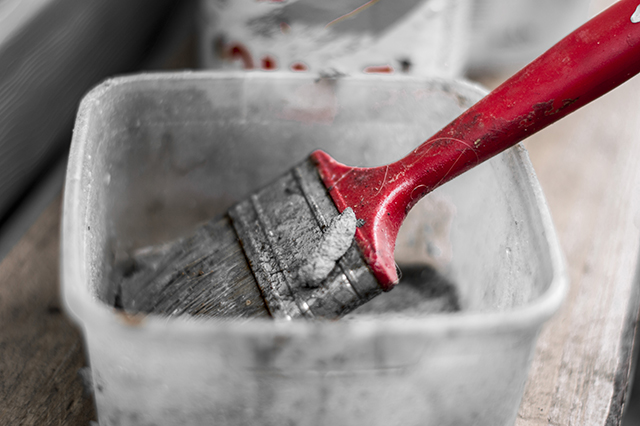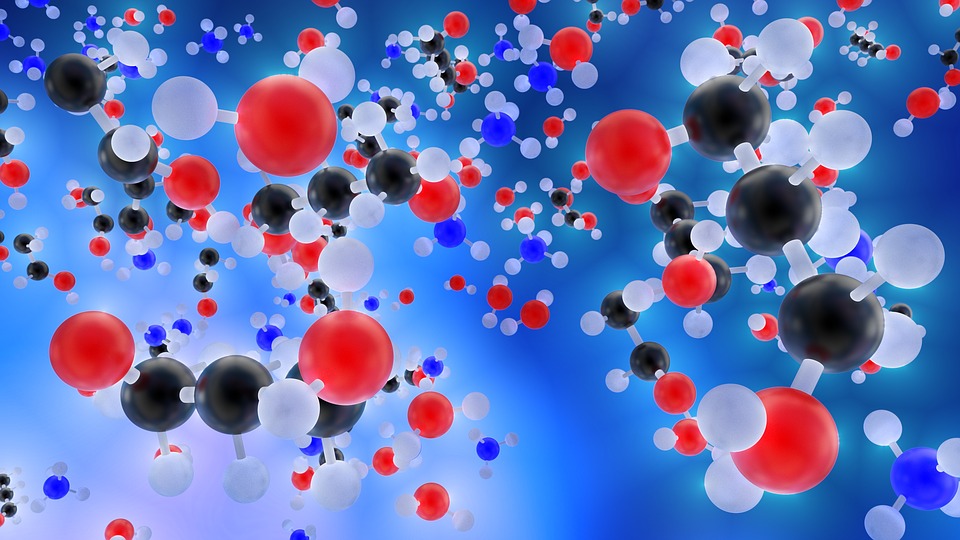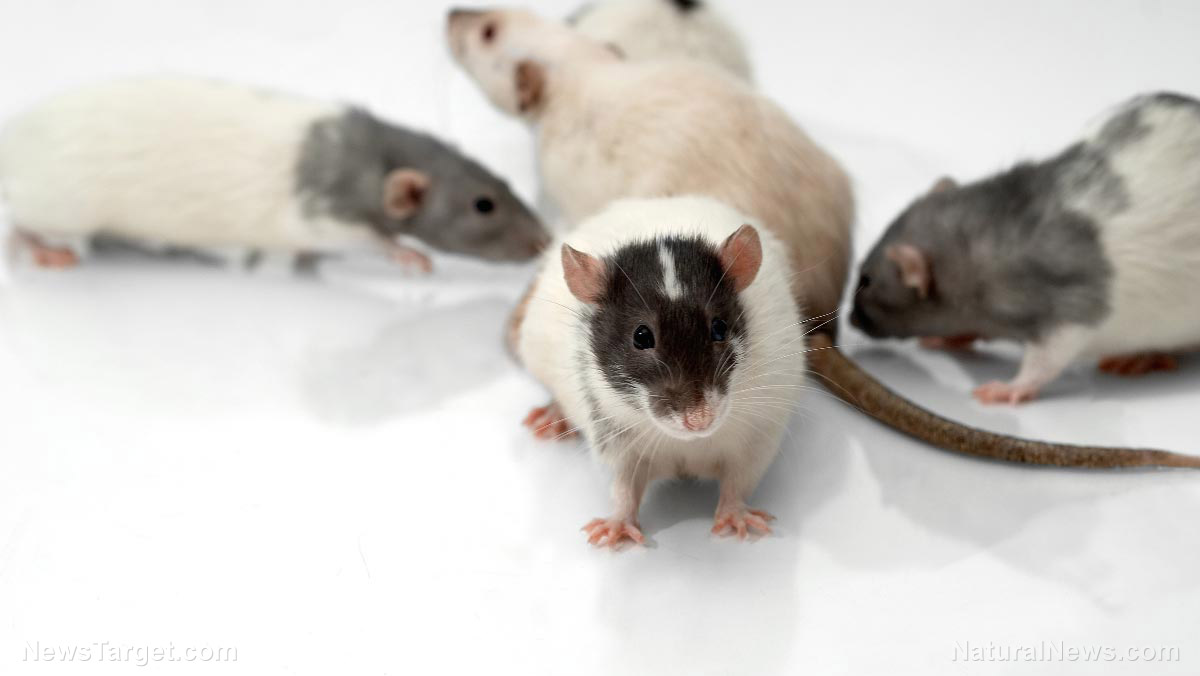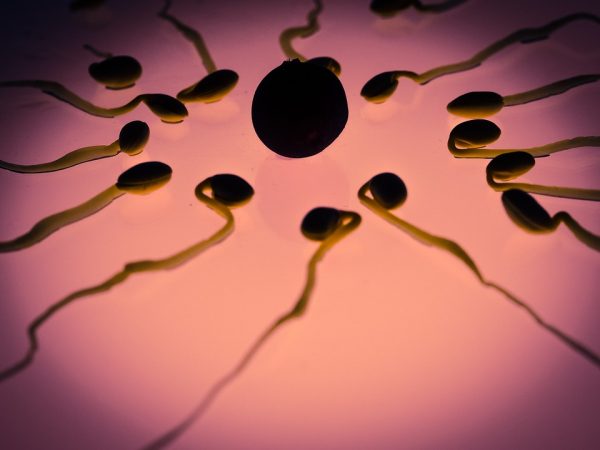In the future, the paint applied to a wall or sprayed on a car body might feature bacterial colonies that can change color according to your liking or lighting, suggested a NanoWerk article. This development is possible thanks to British researchers who unlocked the genes responsible for many bright and vivid colors Mother Nature likes to bedeck herself with.
The University of Cambridge undertook the study alongside Dutch biotech company Hoekmine BV . They published their findings in the journal Proceedings of the National Academy of Sciences under the title “Living colors: Genetic manipulation of structural color in bacterial colonies”.
“Living colors” was the first look at the genetics that enable butterfly wings and peacock feathers. It’s considered the first step for serious genetic research into structurally-colored organisms.
Structural color is the generation of color through nanostructures that reflect or scatter light. The process does not require dye or pigments, so future paints made from the photonic nanostructures would be biodegradable and non-toxic. (Related: Probiotics fight depression: Healthy gut bacteria found to reduce symptoms.)
Out with dyes, in with nanostructures
The “Living colors” study demonstrated how genetics can affect the appearance and coloration of Flavobacterium bacteria whose bright hues stem from nanostructures. These bacteria could be harvested and used in the commercial production of colorful materials.
The rod-shaped Flavobacterium lives in tightly-packed colonies. They are known for their metallic coloration that easily catch the eye. Whereas most bacteria derive their color from light-absorbing pigments in their unicellular bodies, Flavobacterium have a unique internal structure that reflects light at certain wavelengths. The natural process that prompted the genetic evolution of these intricate nanostructures eluded the research team.
Primary study author Villads Egede Johansen said that better understanding of natural engineering of nanostructures requires thorough mapping of the genes responsible for Flavobacterium‘s structural color. “This is the first systematic study of the genes underpinning structural colors – not only in bacteria, but in any living system,” said Dr. Johansen, who is a member of the Department of Chemistry of Cambridge University.
Changing genes changes geometry and color
The research team wanted to know how genes regulate a Flavobacterium colony’s color. So, they looked at the genetic information of wild bacterial colonies and compared that with mutated counterparts. They paid particular attention to the differences in anatomy and optical properties between the original strain and the mutated strain.
Researchers recorded the original shape, motility, and metallic green color of wild Flavobacterium colonies. Then they triggered genetic mutations that altered the bacteria’s physical dimensions or motile apparatus. These drastic changes forced the colonies to modify their geometry.
The study discovered that changing the geometry caused a correlating change in color. Whereas the wild bacteria were green, the mutated Flavobacterium could be induced to shift color across the visible range from blue to red.
The researchers reported that they could control the intensity of the color, like getting a duller color or removing all color. “We mapped several genes with previously unknown functions and we correlated them to the colonies’ self-organisational capacity and their coloration,” said Dr. Colin Ingham, senior author and CEO of Hoekmine BV.
Dr. Johansen’s colleague, Dr. Silvia Vignolini, explained that Flavobacterium offered living photonic structures that can be tweaked and grown as needed. Such a bacterial system didn’t need the usual nanofabrication methods.
Bacterial colonies could serve as photonic pigments that changed color depending on external stimuli. They could also interact with other living tissue in order to function in any environment. “The future is open for biodegradable paints on our cars and walls,” claimed Dr. Vignolini, “simply by growing exactly the color and appearance we want!”
Uncover more amazing scientific developments at Scientific.news.
Sources include:
NanoWerk.com
CH.CAM.ac.uk
We will respect your inbox and privacy




















